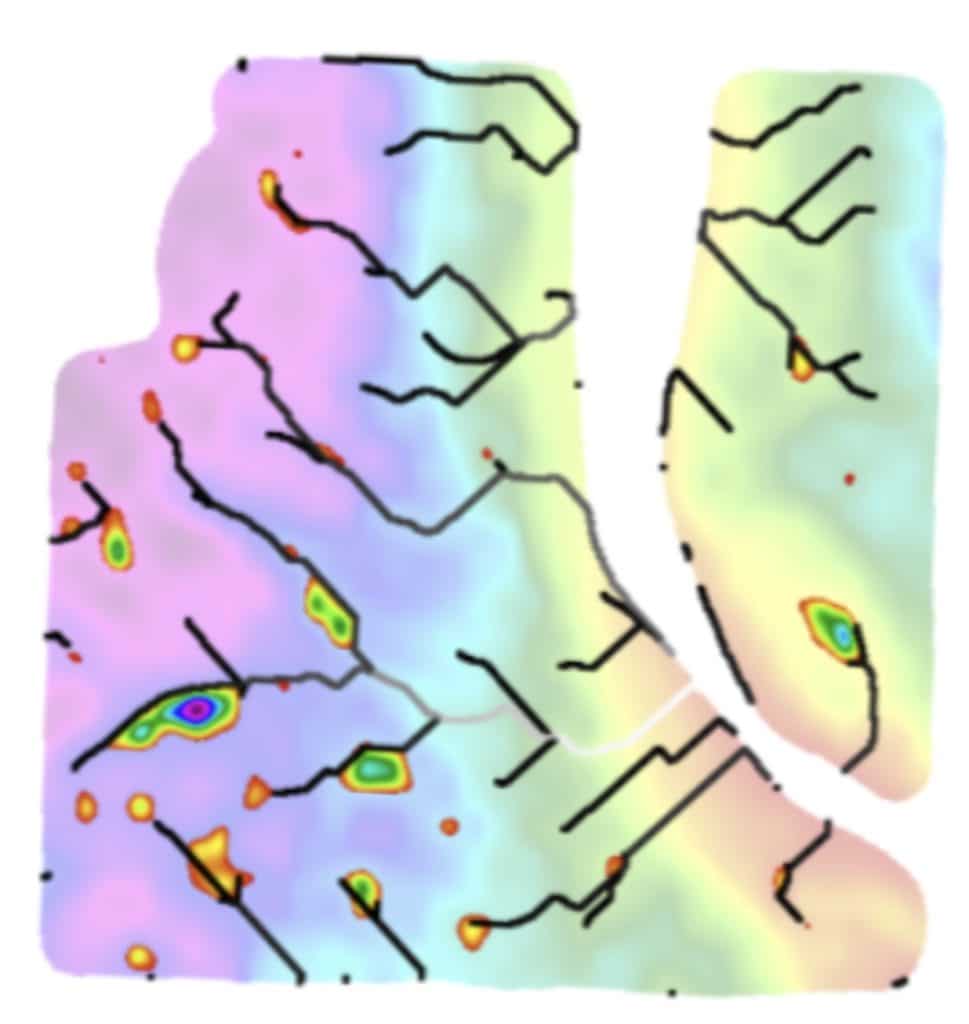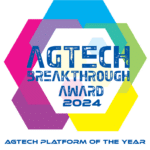Spring Snow Melt: Where will the nutrients go?
After dry years in Western Canada and the Northern Great Plains, an abundant amount of snow is more than welcome. Come spring, soil moisture recharge can be off to a good start, provided snow has been adequately trapped by stubble and has not blown away. Along with that extra moisture, however, comes the question of where mobile nutrients like nitrogen and sulfur go, when snow melts.
Movement of mobile nutrients like nitrogen, sulfur, and chloride with snowmelt will depend on soil conditions prior to snowfall. In general, there are two things that can happen: snowmelt infiltrates soil and meets the wetting front of groundwater, aiding in soil moisture recharge; or snowmelt travels over the soil’s surface as runoff.
If snowfall occurs before the ground fully freezes in early winter, snow pack insulates the ground, preventing soil from completely freezing, resulting in a shallow frostline. In spring, the ground will thaw quickly and the moisture from the melting snow is absorbed by the soil. Depending on soil texture, when an excess amount of moisture infiltrates the soil, it can leach nutrients deeper into a soil profile, where they are no longer accessible to plant roots. In a drought cycle, leaching is less of a concern. The soil may have more potential for recharge, since there is low soil moisture going into the winter. This means that mobile nutrients may not leach beyond the crop rooting zone.

Runoff occurs when snow melts quickly before the ground thaws in spring. Without infiltration, water will flow into depressions. As it flows, it will carry nutrients, organic matter, and even soil particulates (with nutrients attached to those particulates) from the surfaces of hilltops, shoulders, and mid-slopes into toe-slopes and depressions. Even a nutrient like phosphorus, which is considered relatively immobile in soil, is dissolved and transported with water during snowmelt events. Research has shown this to occur more in zero-till fields that have a high level of soluble phosphorus near the soil surface. After a major runoff event is when we often see SWAT Zones 7 to 10 having higher organic matter, nitrogen, phosphorus, and sulfur concentrations.
Leaching and surface runoff can both result in losses, and can occur simultaneously in most years. Soil sampling will aid in identifying the areas where nutrients have eroded away from and where they have collected. By using variable rate, we can adjust fertilizer strategies accordingly, to ensure all zones receive the optimum amount of nutrient. Reallocating fertilizers where they are needed most can help to restore overall field nutrient balance and minimize yield limiting nutrients.
In fields with poor drainage, an additional application of the SWAT MAPS ecosystem is to combine the topography data layer with the water flow path layer, to create a drainage plan and reduce the potentially negative effects of leaching and surface runoff. Water is the main driver of yield, and yield is often lost due to saturated soils in depression areas. Proper drainage not only improves the yield stability of poorly drained areas, it also reduces losses of nutrients such as nitrogen to leaching and denitrification.

Good data leads to good decisions. Recognizing that water and soil hydrology have a large impact on yield, nutrient movement, and nutrient loss is the first step. Mapping the factors that drive those processes such as texture, topography, water flow, and accumulation areas with SWAT MAPS is the second.
Lara de Moissac
Precision Agronomist









